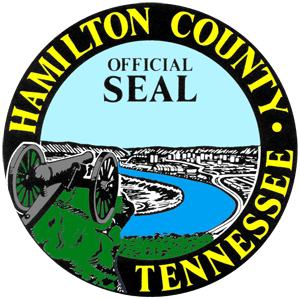Best Management Practies (BMP)
Section 1: Manual Overview
A brief background on the locally implemented federally-mandated Stormwater Programs and explanation of the purpose of this Manual.
Section 2: Local Requirements
Stormwater requirements may vary based on location and local ordinance. Requirements are divided into construction and post-construction (permanent) BMPs.
Section 3: BMP Selection Guidelines for Construction and Permanent BMP Design
Selecting the right Best Management Practies for expected rain events and subsequent runoff rates cannot be over emphasized in Best Management Practies effectiveness. Use the following links to find recommended Best Management Practies for specific projects.
Maintenance of Best Management Practices (BMPs)
Limited Space Development
Small Commercial Development (5 Acres or Less)
Single Family / Duplex Residential Construction
Section 4: Sediment Control
When storm events cause sediment and contaminant laden waters to begin to migrate off-site, these temporary BMPs help keep contaminants on-site, preventing them from entering the stormwater system and moving into local streams and lakes.
Section 5: Site Stabilization
These BMPs focus on getting the land disturbance area stabilized as quickly and efficiently as possible.
Section 6: Improved Practices for Site Management
These are improved site management practices, especially for larger land disturbance sites where there is greater potential for higher volumes of contaminated runoff.
Section 7: Permanent Basins
Well-maintained basins keep large volumes of sediment and other pollutants out of receiving water bodies. They are often used to meet 1st Flush Requirements.
Section 8: Filters
These Best Management Practices give specific water quality treatment and are often used to compliment other Best Management Practices.
Section 9: Low Impact Designs
To ensure long-term higher quality stormwater runoff after the project is complete, these BMPs can be esthetically pleasing and improve property value.
Section 10: Limited Space Devices and other Proprietary Devices
These permanent devices function in limited space. However, based on pollutants of concern, expected runoff flow rates and maintenance access, careful consideration must be given to selection of the appropriate device. (Note: these are proprietary units. Inclusion in this manual does NOT constitute an endorsement of these devices nor vouch for their pollutant removal rates.)
Section 11: Landscaping References
Establishing permanent ground cover and other vegetation is often the very effective erosion and sediment control.
Section 12: Maintenance Checklists
The checklists are invaluable tools. Checklists used by the local programs for land disturbance permit inspections are included. Using checklists will enhance efforts to maintain compliance with the local, state and federal stormwater rules and regulations.
Section 13: References
References used throughout the manual are listed in the acknowledgements and/or below. Many other references were used to develop specific sections of the manual and are referenced within those sections.
Sources
- Gordon England and Stuart Stein, Selection, Maintenance, and Monitoring of Stormwater BMPs, ISBN# 978-0-9707687-7-3, July 2007, www.foresterpress.com
- Knoxville (city of), Knoxville Stormwater Engineering Division, City of Knoxville BMP Manual
- Minton, Gary, Ph.D., P.E., Stormwater Treatment: Biological, Chemical & Engineering Principles, 2005.
- Tennessee, Department of Transportation (TDOT), Design Division Drainage Manual (Updated 03-15-07): TDOT
- USEPA, (United States Environmental Protection Agency), “Green infrastructure Memo”, March 5, 2007.
- USEPA, Office of Wastewater Management (OWM), “National Menu of Stormwater Best Management Practices”.
- USEPA, Stormwater Best Management Practice Design Guide, Volume 1, General Considerations
Back to the Water Quality Department
